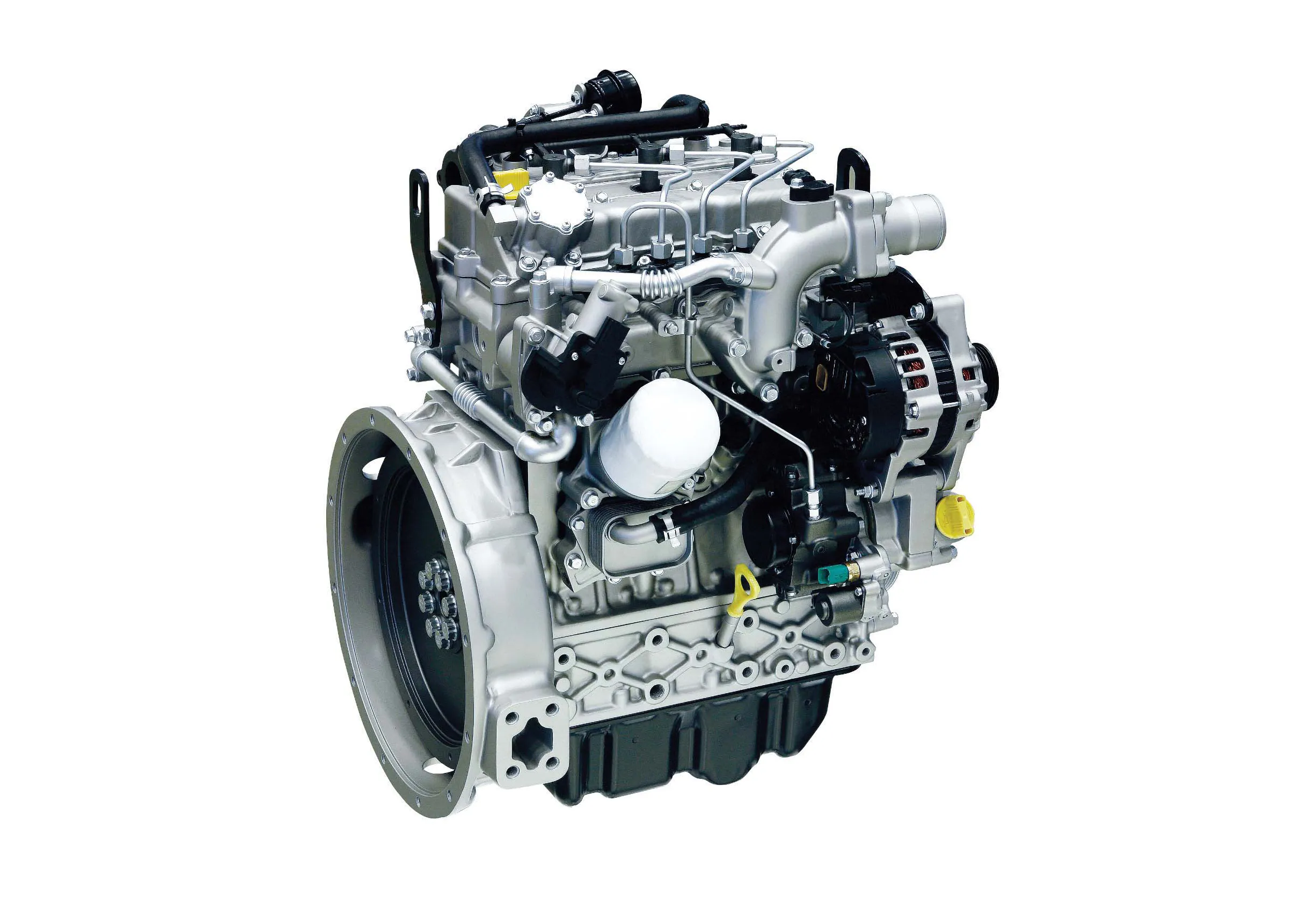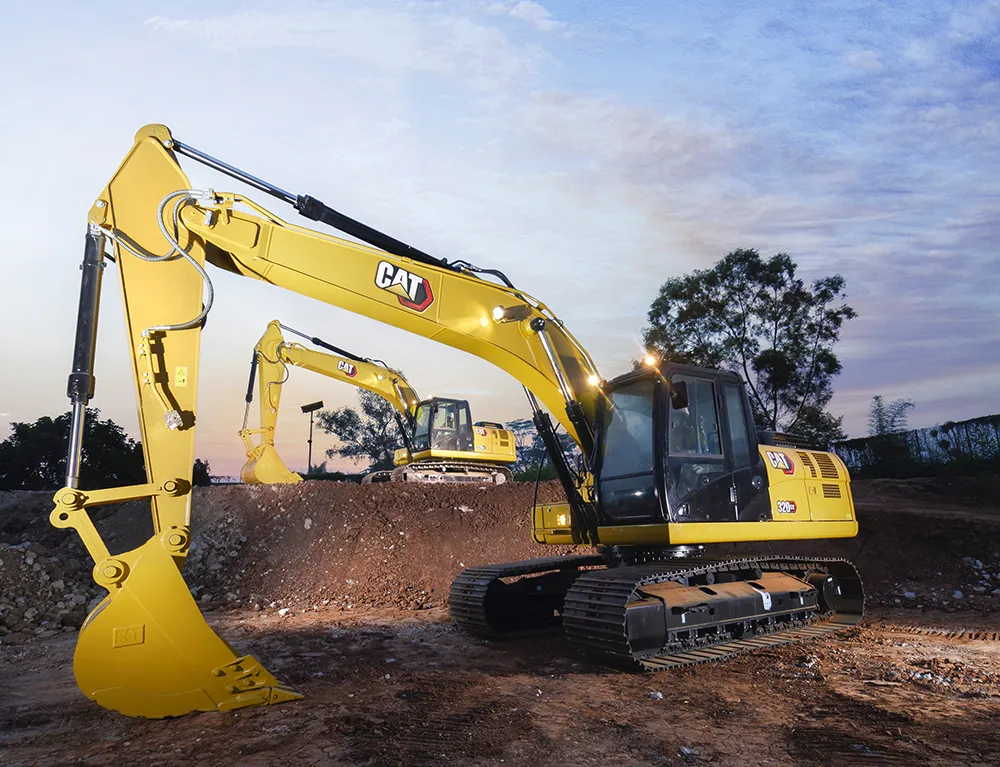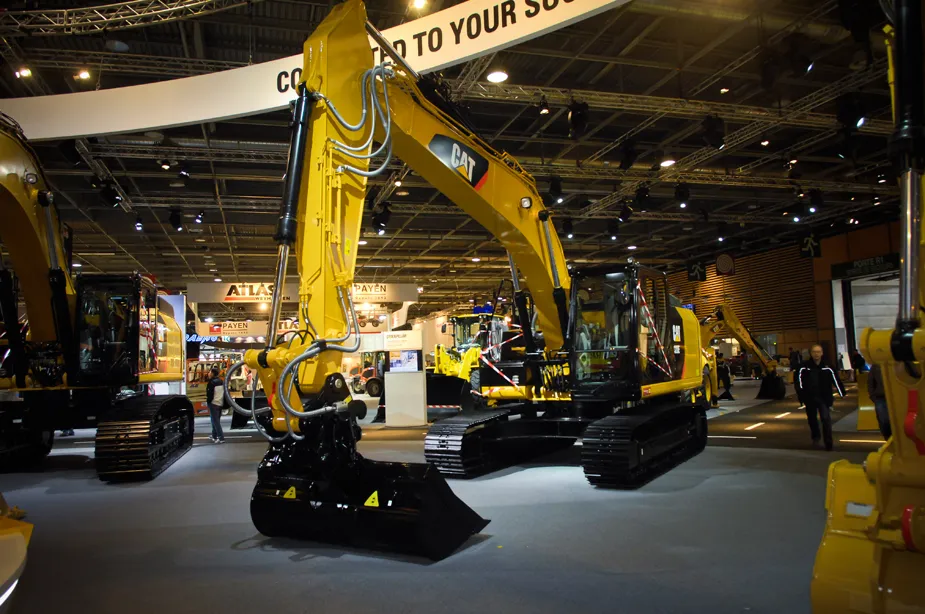LBX Company’s new Link-Belt 210 X3 is said to feature an all new ROPS cab with new interior, new Interim Tier 4a engine technology and 10% better fuel efficiency. The excavator is also said by LBX to have 7% more lift capacity, 3% faster cycle times and improved serviceability. Additionally, the 210 X3 can be equipped with an optional auxiliary hydraulic system which allows the operator to change both pressure and flow settings from inside the cab without having to lift a wrench.
June 21, 2012
Read time: 2 mins
RSS5993 LBX Company’s new Link-Belt 210 X3 is said to feature an all new ROPS cab with new interior, new Interim Tier 4a engine technology and 10% better fuel efficiency.
The excavator is also said by LBX to have 7% more lift capacity, 3% faster cycle times and improved serviceability.
Additionally, the 210 X3 can be equipped with an optional auxiliary hydraulic system which allows the operator to change both pressure and flow settings from inside the cab without having to lift a wrench.
The 210 X3 is equipped with an advanced, electronically-controlled Isuzu diesel engine said to deliver “unparalleled performance” and power to respond to peak demands of heavy digging and lifting applications. The cutting edge engine utilises cooled exhaust gas recirculation (CEGR) and diesel particulate filter technology (DPF).
An intelligent new fuel efficiency system is said by LBX to control consumption by lowering engine rpm during non-critical functions. With a high-pressure common-rail fuel injection system, there’s no wasted fuel with precision, electronically-controlled metering.
The X3 Series cab has also been made 5% larger than previous models with enhanced visibility to the right. With a large, 16.5cm LED colour monitor to interact with the machine, an operator is said to be able to easily navigate a full functions menu to operate the 210 X3. To enhance operator safety, a standard rear-view camera displays a panoramic view of the worksite from the rear of the machine.
Combined with the remote mounted filters and ground-level access carried over from the X2 Series, LBX says its new generation Link-Belt Excavator Series will be the easiest ever to service.
The excavator is also said by LBX to have 7% more lift capacity, 3% faster cycle times and improved serviceability.
Additionally, the 210 X3 can be equipped with an optional auxiliary hydraulic system which allows the operator to change both pressure and flow settings from inside the cab without having to lift a wrench.
The 210 X3 is equipped with an advanced, electronically-controlled Isuzu diesel engine said to deliver “unparalleled performance” and power to respond to peak demands of heavy digging and lifting applications. The cutting edge engine utilises cooled exhaust gas recirculation (CEGR) and diesel particulate filter technology (DPF).
An intelligent new fuel efficiency system is said by LBX to control consumption by lowering engine rpm during non-critical functions. With a high-pressure common-rail fuel injection system, there’s no wasted fuel with precision, electronically-controlled metering.
The X3 Series cab has also been made 5% larger than previous models with enhanced visibility to the right. With a large, 16.5cm LED colour monitor to interact with the machine, an operator is said to be able to easily navigate a full functions menu to operate the 210 X3. To enhance operator safety, a standard rear-view camera displays a panoramic view of the worksite from the rear of the machine.
Combined with the remote mounted filters and ground-level access carried over from the X2 Series, LBX says its new generation Link-Belt Excavator Series will be the easiest ever to service.









